As historian J. A. Edmison wrote in his book The History of Kingston Penitentiary, “If [KP’s] walls could talk, we would indeed have stories of drama, of tragedy, of cruelty, of every vicissitude of human emotion.” Still, though Canada’s oldest and most notorious maximum-security prison closed in 2013, some of those stories have survived. And now that tours of KP have resumed (July 23 – October 31), you can get behind the prison’s foreboding walls to see and feel where they happened. Here are seven of those tales to help get you ready. 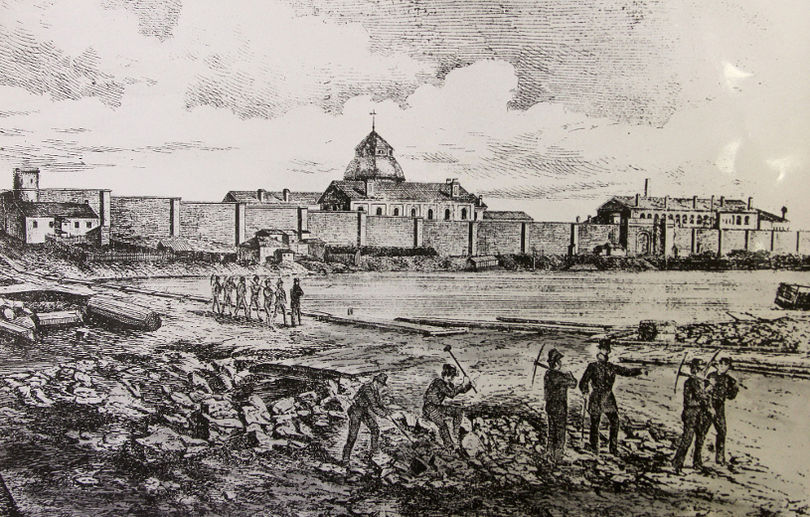
Picket Fence Security
Although one of the defining characteristics of KP is its massive stone wall, when the prison officially opened on June 1, 1835, it had only a 12-foot high picket fence made of wood surrounding the compound. Perhaps officials weren’t too worried about escapes yet, as only six inmates arrived on that first day. The population would quickly increase, however, since the jail had 154 cells in five tiers in its single limestone cellblock. By 1845, the picket fence was replaced by stone walls, towers, and the north gatehouse.

Ty Conn
There were at least 26 escape attempts since KP opened, but the 1999 breakout of bank robber Ty Conn was one of the facility’s most infamous. Conn had arrived at KP the year before from the Millhaven Institution after advising security staff that inmates there were planning an escape. On May 6, 1999, Conn successfully pulled off his own escape using a ladder and homemade grappling hook to scale KP’s wall. He also used cayenne pepper to prevent dogs from following his scent. Two weeks later, surrounded by police in a Toronto apartment building, Conn shot himself while speaking on the phone to a CBC producer.
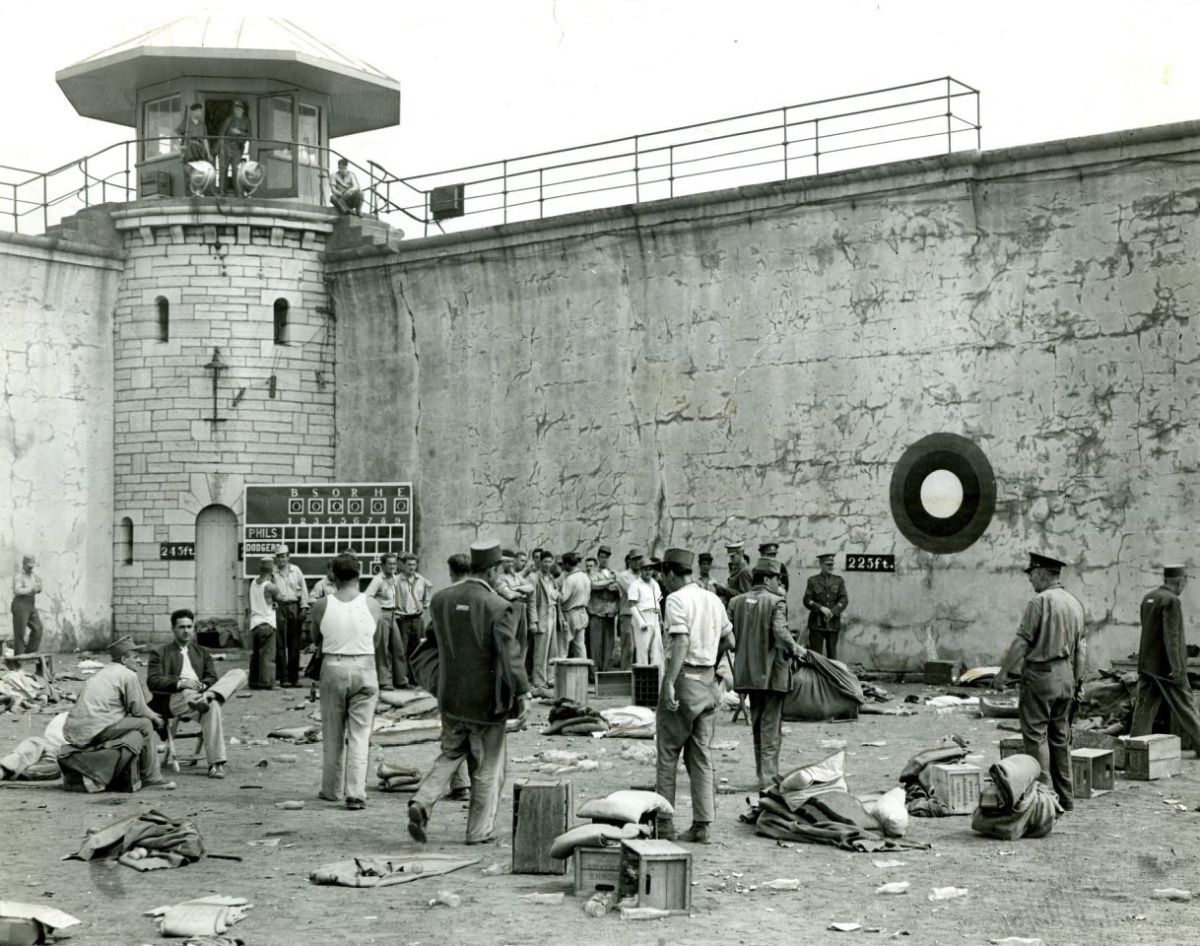
1954 Riot
The four-day riot in 1971 usually gets the most attention for its length and brutality, but the one on August 16, 1954, was the worst in KP’s history up to that point. That morning, as inmates were getting ready for a baseball game, a few of them attacked prison guards and used cigarette lighters to set buildings on fire. The flames could be seen from downtown’s market square. At least one guard was held hostage, but he managed to escape by dressing like a prisoner. Nine hundred inmates would become involved in the two-hour riot, which caused $2 million in damages and was eventually quelled by the RCMP.

What’s for Dinner?
In the early days of Kingston Penitentiary, a “coarse diet” was considered part of the punishment. A typical daily menu in the 1880s, for example, included: for breakfast, a pint of coffee, a half pound of bread, a half pound of potatoes, and a quarter pound of beef or pork. For lunch, it was the same as breakfast except the coffee was replaced with soup. For dinner, ten ounces of bread and a pint of coffee. Kitchen staff would try to get creative, however, which is why they kept a bow and arrow handy to bring down pigeons that landed in the yard. By the early twentieth century, pigeons were still ending up in KP’s stew pots.
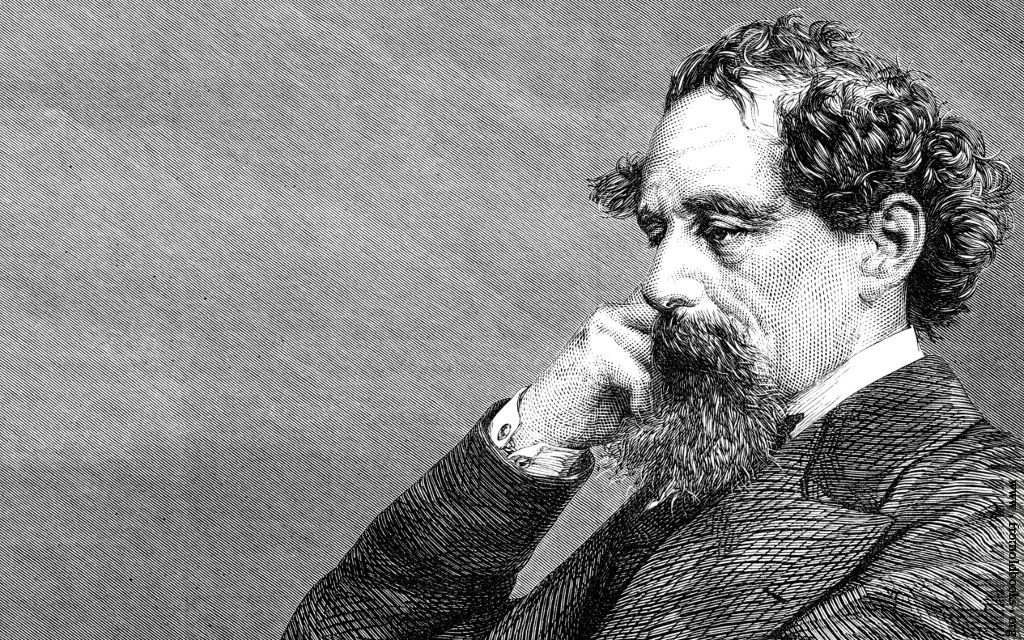
Tourist Attraction
While KP has become one of Kingston’s top tourist attractions in recent years, this isn’t the first time in its history that sightseers have been allowed in. In the 1830s and 1840s, the new penitentiary charged admission to the “better classes” to gawk at the prisoners. Charles Dickens (pictured) was one of those early tourists, and in his travelogue American Notes he wrote that KP was “well and wisely governed, and excellently regulated, in every respect.” He was deceived. An 1849 report detailed flagrant abuse of prisoners, and the warden was accused of “mismanagement or negligence reducing the penitentiary to a state of utmost disorder.” The Kingston Pen tours were cancelled in the early 1900s.
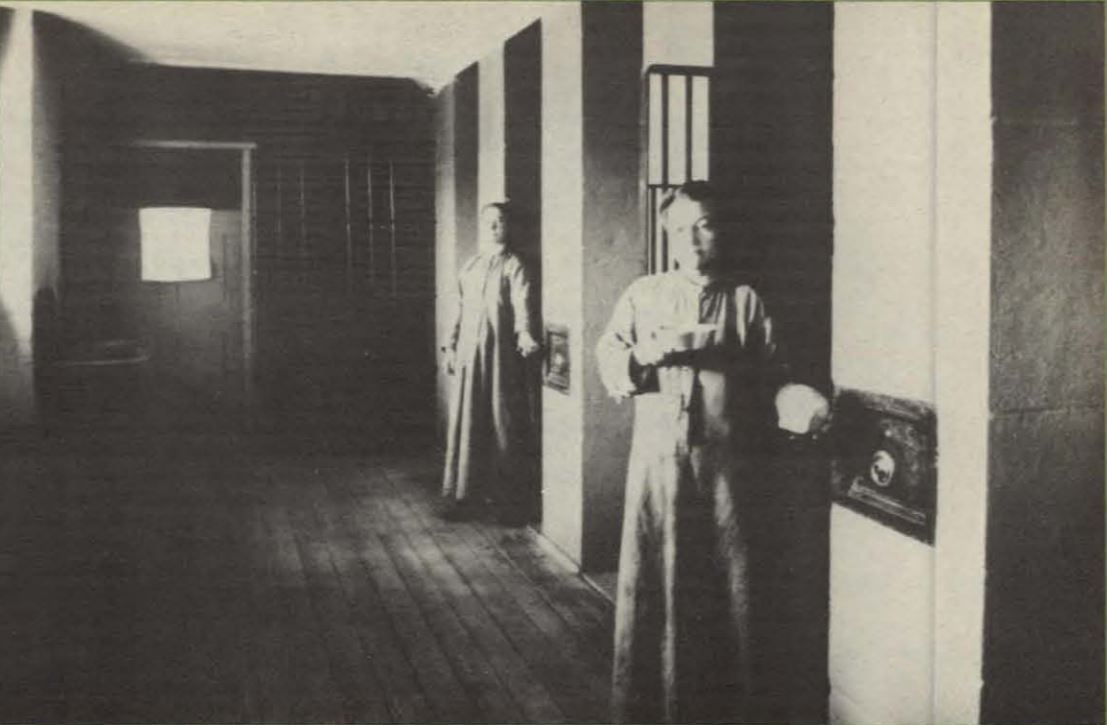
Female Prisoners
It wasn’t just men imprisoned at KP. From 1835 until 1934, women were incarcerated there too, and in sometimes brutal conditions. In 1843, inspectors noted that nine women were confined to a walled off section of the dining hall where quarters were cold, cramped, and crawling with bugs. The bug problem became so bad in 1846 that the women refused to work. They also had to fend off advances from the warden’s son, could be flogged, and lived in terror of the “box”, which was a coffin-like container in which they were forced to stand for hours at a time. A women’s ward was built in 1853, and while floggings diminished, women could still be chained, submerged in ice water, or humiliated by shaving their heads.
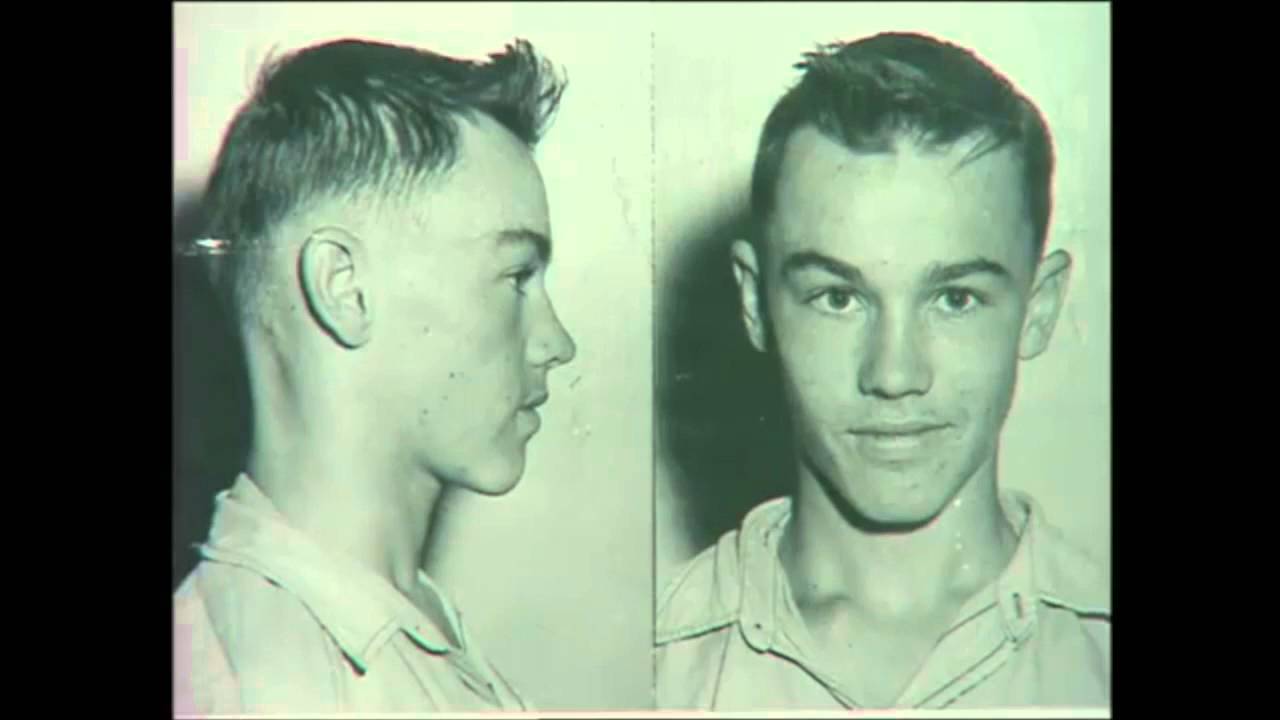
Not Just for Criminals
Before closing in 2013, KP was known for housing some of Canada’s most infamous criminals, including Paul Bernardo, Russell Williams, and Clifford Olson. But some of this country’s better-known wrongfully convicted were also held there. Steven Truscott (pictured) was one of them. In 1959, a 14-year-old Truscott was sentenced to hang for the rape and murder of classmate Lynne Harper. His sentence was later changed to life in prison, but in 2007 he was acquitted of the charges. In 1992, Guy-Paul Morin was sentenced to life in prison at KP for the rape and murder of his nine-year-old next-door neighbour, Christine Jessop. He spent 18 months there before being paroled and eventually acquitted in 1995 on DNA evidence.
Head to kingstonpentour.com for tickets and more information about the tours.





















